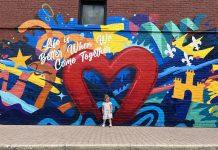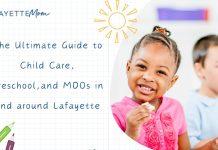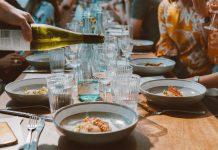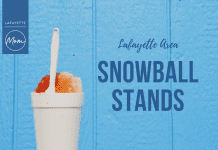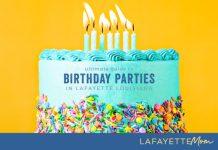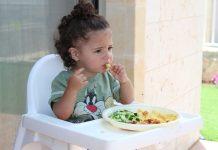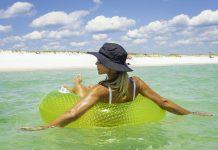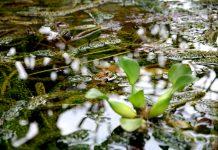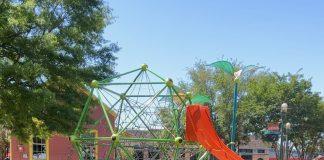Disclosure :: This post is sponsored by ESA.
Experience ESA at an Upcoming Preview Day this Winter
Imagine it: Your child wakes up in the morning eager to go to school.
He climbs into the car at the end of the day already talking about the things he learned, created, experienced. He hates days off that keep him away from his classes.
Yes, it’s possible. From preschoolers to seniors, when students’ interests and needs drive learning, teachers and students become partners in an environment that provides opportunities to inquire, explore, and create.
At ESA, experience is everything. ESA students learn and grow through the experiences they help to shape.
For our youngest students ::
- Small learning groups accommodate a wide range of learning abilities, learning styles, and interests. In these smaller groups, teachers are able to
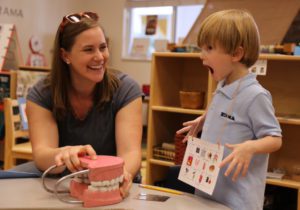 give students more hands-on experiences with content and activities, and to informally evaluate each student’s understanding and modify instruction quickly.
give students more hands-on experiences with content and activities, and to informally evaluate each student’s understanding and modify instruction quickly. - The students drive the direction of the lessons and activities through their understanding of and their interest in topics. You would not be able to walk in to each first grade classroom and find all students on page 67 of a textbook. Teachers adjust their plans for practice, support, and enrichment to ensure that all students continually progress from wherever they are.
- Investigative teams bring students together in small groups based on interests. Student questions steer the investigations, such as the PK4 Worm Team’s recent research on homes for worms, and their experiment to determine whether worms need beds.
In third through fifth grades ::
- Instruction occurs through projects and group tasks that focus on process. Students choose books of interest, areas of focus, and creative ways to demonstrate their understanding and skills.
- Instead of book reports, students might demonstrate understanding of the novels or nonfiction books they read through book talks that include creative elements. One student created a battle axe to represent his book, while another wrote and performed a skit (with the help of her classmates).
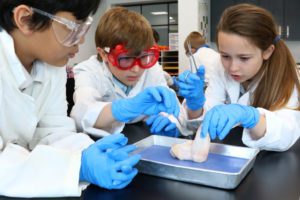
- Student products are creative and diverse, and although it’s often the product that motivates the student, the process is the key to learning skills and gaining understanding. Learning is fueled by their own natural curiosity.
- Once a week, students in different grade levels come together in small groups for Enrichment Clusters. Through these clusters, students delve into an area of interest. Recent topics include: TinkerLab, Jewelry Making, Rockets, Set Design, Coding, and Biomimicry.
In middle and upper school ::
- Within the rigorous college-prep curriculum, there’s always room to explore students’ interests or to conduct an experiment to answer a “what if” question. A recent seventh grade life science study of biodiversity sparked questions that led students to an exploration of how and why atmospheric levels of oxygen affected the timeline of evolution.
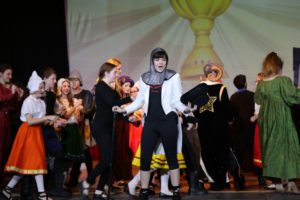
- With students and teachers as partners in learning, shared interests often become electives or independent studies. Topics recently covered include: Dante, leadership, abnormal psychology, women’s literature, and the Impressionist era.
- At the beginning of each semester, students who are signed up for visual arts classes head to the studio to help the teachers figure out what the term’s offerings will be. Gathering information on students’ interests, the teachers create a schedule of photography, painting, ceramics, 3D mixed media, glass bead making, and more to accommodate as many students as possible.
- Formed out of student interest in video, the ExLabs creative communications course is a collaboration between an ESA alumnus and an ESA teacher (who is also an alumna). The course takes students through scripting and storyboarding, using a variety of equipment, editing, working with clients, and preparing work for festivals and contests.
Outside of the classroom ::
- On both campuses – Lafayette (PK3-5th) and Cade (6th-12th) – students are invited to organize and lead presentations for chapel time. Students and teachers share personal stories, share elements of their families’ culture or spirituality, or share their talents through musical or theatre performances. Clubs and student organizations might explain their missions and encourage other students to join their activities. Student Council holds spirit competitions.
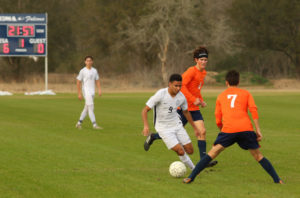
- In upper school, student-led Honor and Discipline Councils review violations of the honor code and the code of conduct. While faculty reps on the councils and administrators provide checks and balances, the students run the meetings, recommend the consequences, and educate the student body about the school’s codes.
- Teachers and administrators listen to student opinions and have agreed to adapt school policies such as the dress code and the technology use policy to meet student needs.
By focusing on the needs and interests of students, ESA celebrates a diversity of passions, talents, and journeys.
ESA students thrive and feel comfortable being themselves because they feel safe, appreciated, confident, independent, challenged, and part of a caring community.
Who to contact to learn more about ESA ::
ESA’s Admissions experts Jon Berthelot and Megan Richard can help you find the right fit for your family. Both Jon and Megan have been ESA teachers and parents, and they love talking about what to look for in a school and what questions to ask on your visits.
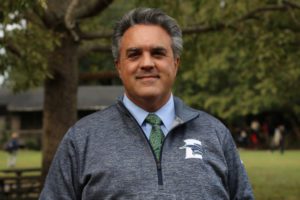
Jon Berthelot
337-365-1416
[email protected]
Megan Richard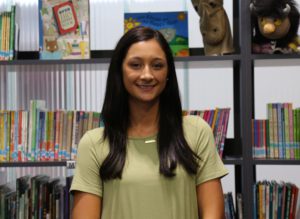
337-993-2263
[email protected]
Learn more about ESA through our website, ESAcadiana.com, and visit us for Preview Days in December and January, or schedule a visit with Jon on our Cade Campus (6th-12th grades) or Megan on our Lafayette Campus (PK3-5th) at any time.
Website | Facebook | Twitter

